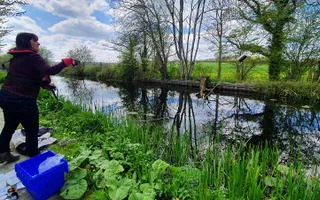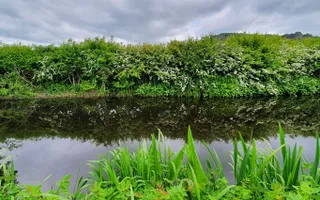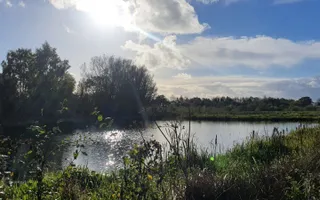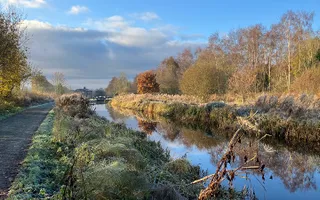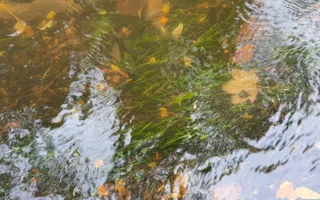Read this page in Welsh / Darllenwch y dudalen hon yn Gymraeg
Valuing nature on the Montgomery
The Montgomery Canal is designated as a Special Area of Conservation (SAC) for the submerged aquatic plant Floating Water Plantain (Luronium natans), boasting one of the best populations in the UK.
Also, as a Site of Special Scientific Interest (SSSI) for the emergent fringe, invertebrate assemblage, and nationally important species such as Grass-wrack Pondweed (Potamogeton compressus). It also plays host to a whole other raft of species from otters to kingfishers and bats. Canals are an artificial man-made habitat that provides similar conditions to the natural habitats for these species, which is why they host some of these plants and animals.
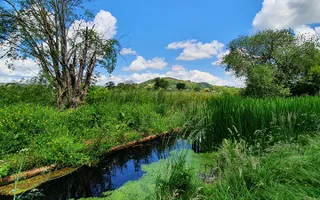
However, as a wetland habitat, it is one that is constantly changing, and marching toward a point where it would become unrecognisable. This is known as succession and can result in change from open water habitat with surrounding fringe, to a filled in dry channel in which trees begin to establish. Whilst the SSSI designation of the Montgomery canal highlights the fringe habitat as a feature, the overgrowth of the fringe causes the channel to silt up.
The loss of the open water means that it can no longer support the aquatic species of conservation importance. To prevent succession reaching this point, careful long-term management is required. One such tool, is managed disturbance that prevents competition from other aquatic plant species. Disturbance could take the form of periodic dredging or, perhaps more sustainable, by controlled boat movements.
Nurturing nature: restoring the Montgomery Canal and embracing ecological stewardship
The Montgomery Restoration saw the beginnings of works to this closed off waterway in 1969 and the subsequent development of the Conservation Management Strategy (CMS), strategising how to progress sustainable restoration. This was endorsed by 15 organisations, including nature charities, local councils, and statutory bodies. Since then, various groups and projects have sought to restore sections of the channel to a state where open water can support the important aquatic species, alongside restricted navigation in future.
All works to restore the Montgomery Canal are guided by the Conservation Management Strategy and, where necessary, built upon to reflect present day knowledge and understanding of this important site.
Without restoration, the canal water will be more susceptible to increasing pressure from climate change and polluting runoff, leading to poorer water quality and the loss of many important species.
Environmental appraisals
All of our works on the waterway's networks undergo a process known as environmental appraisal.
This involves specialists within the Trust looking at the potential impacts of works on the environmental, ecological and heritage aspects of the area. These are factored in at the concept, design and implementation stage, making sure that we design to uphold the standards in all of these aspects.

The Levelling Up Fund (LUF) project focuses on the section of canal that runs from the border at Llanymynech, to Arddleen. To achieve the open water in the channel, alongside removing engineering barriers, the project looks to deliver phased dredging works, along with selective vegetation and tree works, engineering works to build a new bridge and relocate another, and the potential to create nearly 7 hectares of nature reserves. The information on these pages outlines the ecological works taking place, that support the restoration process, and ensure that the ecology guides the process.
Last Edited: 26 January 2024


Stay connected
Sign up to our newsletter and discover how we protect canals and help nature thrive



